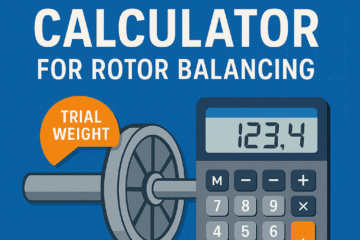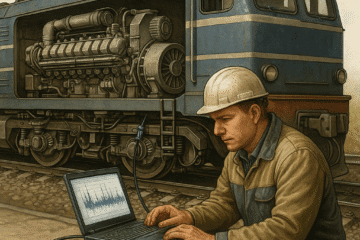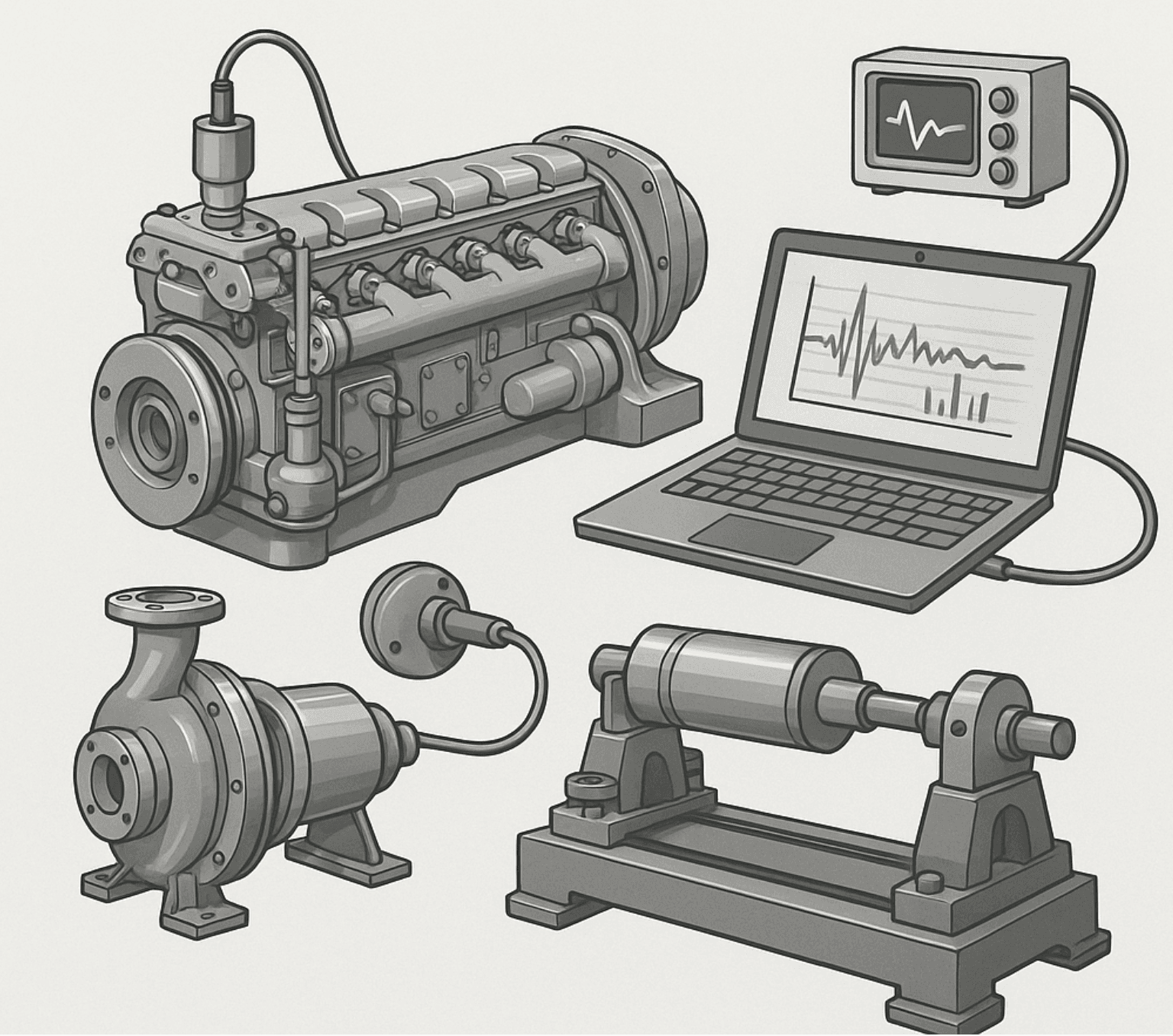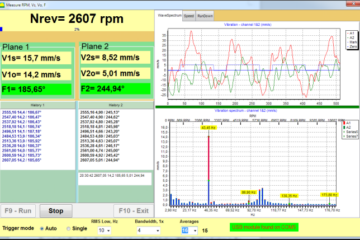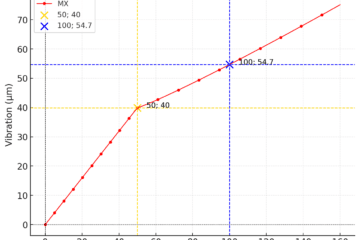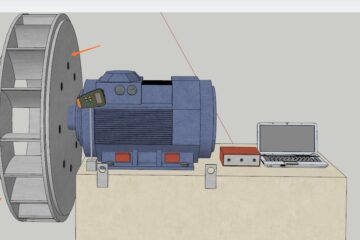روٹر بیلنسنگ کے لیے آن لائن ویکٹر کیلکولیٹر
ویکٹر کیلکولیٹر ویکٹر کیلکولیٹر ویکٹر اے ماس، جی اینگل، ڈیگ ویکٹر بی ماس، جی اینگل، ڈیگ آپریشن + شامل کریں − ±180° کو گھٹائیں یہ کیلکولیٹر قطبی نقاط (طاقت اور زاویہ) کا استعمال کرتے ہوئے ویکٹر آپریشن کرتا ہے۔ یہ روٹر بیلنسنگ ایپلی کیشنز کے لیے ڈیزائن کیا گیا ہے جہاں ایک مخصوص کونیی پوزیشن پر عدم توازن کو بڑے پیمانے پر ماپا جاتا ہے۔ کیلکولیٹر متعدد عدم توازن ریڈنگز کو یکجا کرنے، وزن کی درستگی کا تعین کرنے اور کوآرڈینیٹ سسٹمز کے درمیان تبدیل کرنے میں مدد کرتا ہے۔ ان پٹ فارمیٹ ہر ویکٹر کی وضاحت دو قدروں سے ہوتی ہے: ماس (گرام میں یا مزید پڑھیں


